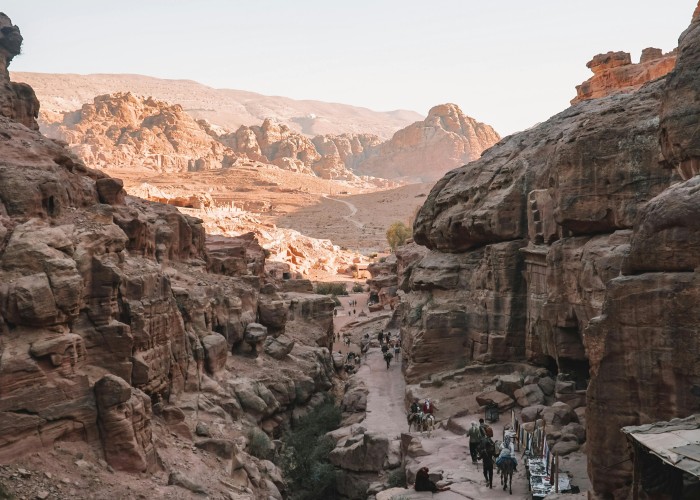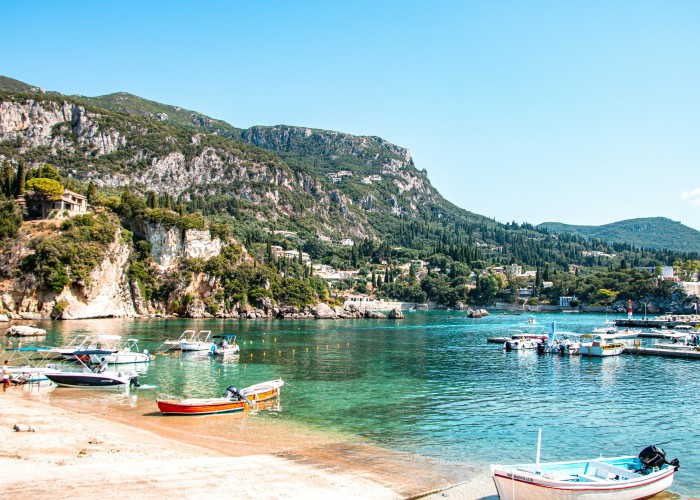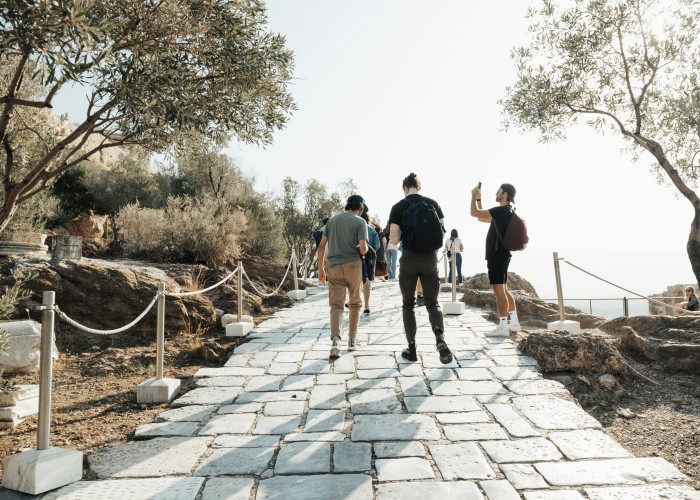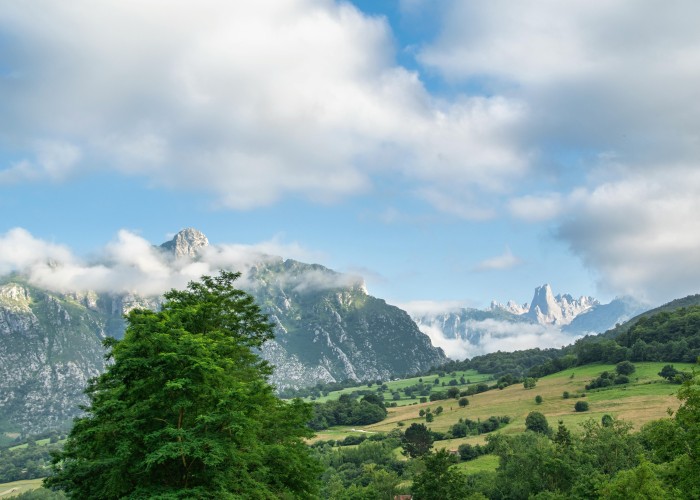If you’re looking for a trekking adventure that combines stunning mountain landscapes with a touch of cultural richness, the Pyrenean border treks between France and Spain should be on your list. This vast mountainous area offers some of the most beautiful and accessible hiking trails in Europe, perfect for explorers from the USA, UK, Australia, and Germany alike. Pyrenean Border Treks – France / Spain.
Whether you’re an experienced trekker or a first-timer, this guide covers everything you need to know—from where the trails lie, how to get there, and the best times to visit, to practical advice about food, packing, safety, and local customs.
Overview: What Is It, Where Is It, and Why Is It Famous?
The Pyrenean border treks traverse the mountain range that stretches approximately 430 km between France and Spain, with Andorra nestled in the middle. These trails follow ancient paths and ridge lines dividing the two countries, offering dramatic views of jagged peaks, deep valleys, alpine meadows, and historic villages.
Famous for its mix of natural beauty and cultural diversity, the Pyrenees boast a unique blend of French and Spanish traditions. The treks often cross historic trade routes, pastoral lands, and national parks such as the Pyrenees National Park in France and Ordesa y Monte Perdido National Park in Spain.
These treks attract hikers interested in breathtaking scenery, wildlife spotting, and experiencing local mountain culture.
Best Time to Visit
- Late Spring (May-June): Wildflowers bloom, and snow begins melting on higher trails. Weather is generally mild.
- Summer (July to early September): Warmest and busiest season, with most facilities and refuges open. Ideal for higher altitude trekking.
- Early Autumn (September-October): Cooler temperatures, fewer crowds, and spectacular fall foliage.
- Winter (November to March): Heavy snowfall closes many trails; suitable for experienced trekkers with winter gear or for snowshoeing and skiing.
How to Reach
- By Air: The nearest major airports are Toulouse-Blagnac (France) and Barcelona-El Prat (Spain). Both offer international connections.
- By Train: High-speed trains connect to regional stations like Pau (France) or Lleida (Spain). From there, local transport or taxis can bring you closer to trailheads.
- By Road: Renting a car is convenient for accessing multiple trail entrances and exploring remote villages. Well-maintained highways run along both sides of the border.
- Public Transport: Buses serve key towns in the region but can be infrequent, so planning ahead is essential.
Entry Fees and Permits
- There are no general fees to hike the Pyrenean border trails.
- Some protected areas or national parks may require small entrance fees or parking charges (approximately 3–10 euros, subject to change).
- Overnight stays in mountain huts (refuges) usually require reservations and payment but no special permits.
- For specific activities like climbing or guided tours, additional permits may apply—check locally. Pyrenean Border Treks – France / Spain.
Food Availability and Meal Options
- Mountain Huts (Refuges): Provide simple meals such as soups, stews, bread, cheese, and local specialties. Booking meals ahead is recommended in peak season.
- Villages and Towns: Offer a range of restaurants and shops with fresh produce, baked goods, and traditional Pyrenean cuisine.
- Self-Catering: Carrying snacks like nuts, dried fruits, and energy bars is essential for long hiking days.
- Water: Natural streams and springs are plentiful but it’s wise to treat or filter water before drinking.
Packing List and Essentials
- Sturdy hiking boots with ankle support
- Layered clothing: moisture-wicking base layers, fleece or insulating layer, waterproof jacket
- Hat and gloves for cooler temperatures at higher altitudes
- Trekking poles for stability on uneven terrain
- Daypack with water bottles, snacks, first aid kit, and map or GPS device
- Sunglasses and sunscreen to protect from strong mountain sun
- Headlamp or flashlight for early starts or late finishes
- Lightweight sleeping bag if planning to stay in huts
- Personal identification and some cash in euros
Safety Tips and Local Regulations
- Stay on marked trails to protect fragile ecosystems and avoid getting lost.
- Check weather forecasts daily as mountain weather can change rapidly.
- Inform someone about your hiking route and expected return time.
- Respect wildlife and do not disturb grazing livestock.
- Smoking is prohibited in many forested and protected areas.
- Follow “Leave No Trace” principles: carry out all trash, avoid picking plants.
- Know emergency numbers: 112 works throughout Europe.
Tips for Beginners or First-Time Visitors
- Start with shorter day hikes or easier sections before attempting multi-day treks.
- Consider hiring a local guide for added safety and insight into the region’s culture and wildlife.
- Train for endurance and practice walking on uneven terrain.
- Carry a detailed map and familiarize yourself with the route.
- Learn basic phrases in French or Spanish—locals appreciate the effort.
- Book accommodation in advance during summer months.
Local Customs and Cultural Etiquette
- Greetings such as “Bonjour” in France or “Hola” in Spain go a long way.
- Respect quiet hours in villages, typically after 10 PM.
- Tipping in restaurants is customary but not mandatory; rounding up the bill is common.
- Ask permission before photographing people, especially in rural areas.
- Local festivals and markets offer excellent chances to engage with culture—participate respectfully.
- Avoid loud noises in nature reserves to protect wildlife.
Frequently Asked Questions (FAQs)
How long are the Pyrenean border treks?
- Treks vary from short day hikes of a few kilometers to multi-day routes covering 50+ km.
What is the difficulty level?
- Routes range from easy valley walks to challenging mountain ridge hikes with significant elevation changes. Pyrenean Border Treks – France / Spain.
What is the highest altitude on these treks?
- Peaks reach over 3,000 meters (9,800 feet), but most trekking routes stay below 2,500 meters.
Are restrooms available on trails?
- Facilities are generally available in towns and mountain huts; remote trail sections lack restrooms.
Do I need permits for hiking?
- No general permits are needed for hiking; check for specific regulations in protected parks.
Is it safe to hike alone?
- Hiking alone is possible but less recommended in remote areas; always inform someone about your plans.
Are dogs allowed on the trails?
- Dogs are permitted but must be kept on a leash and owners must clean up after them.
What is the best way to navigate the trails?
- Use marked signs, detailed maps, or GPS devices designed for hiking.
Final Thoughts
The Pyrenean border treks offer an incredible mix of nature, culture, and history along the striking frontier between France and Spain. By planning your visit during the best seasons, preparing the right gear, and respecting local customs and safety rules, you’ll enjoy an unforgettable mountain adventure. Pyrenean Border Treks – France / Spain.






Leave a Reply